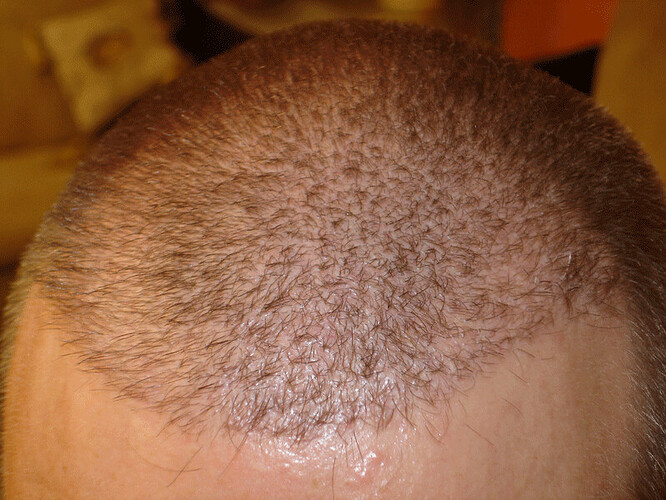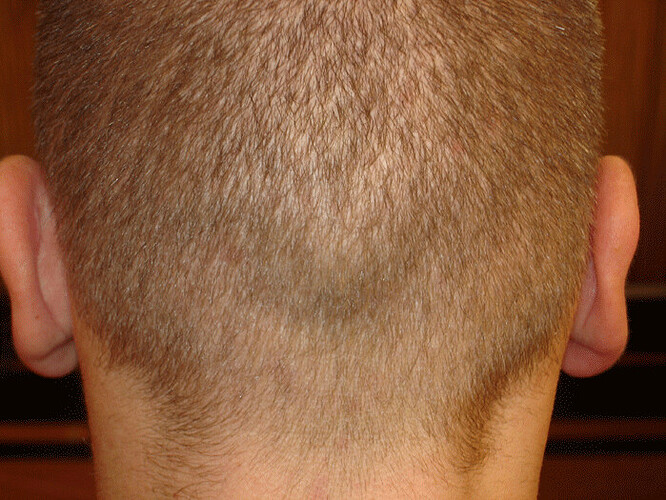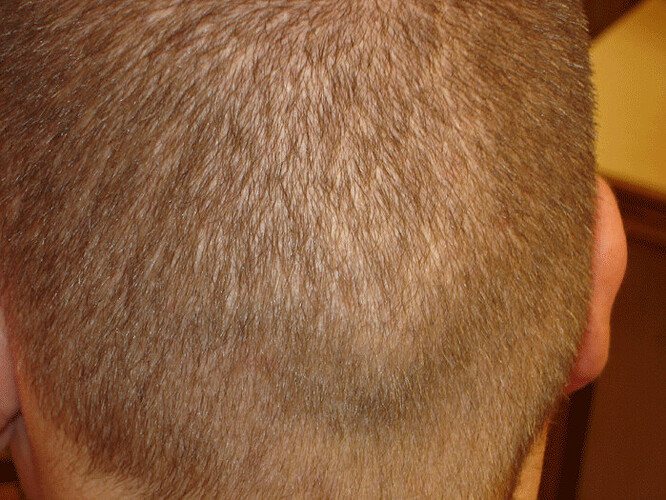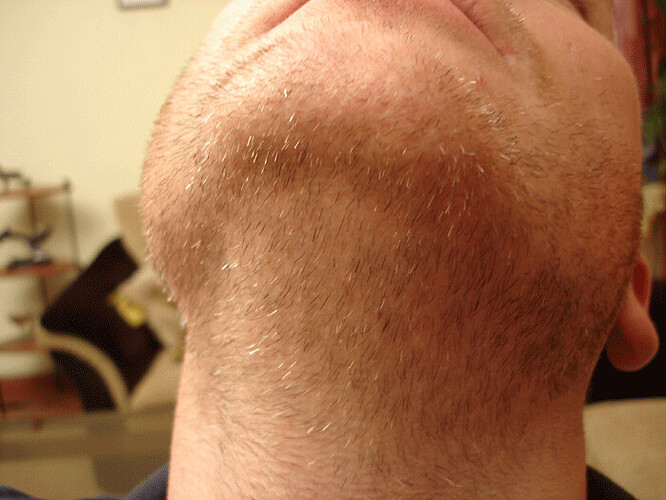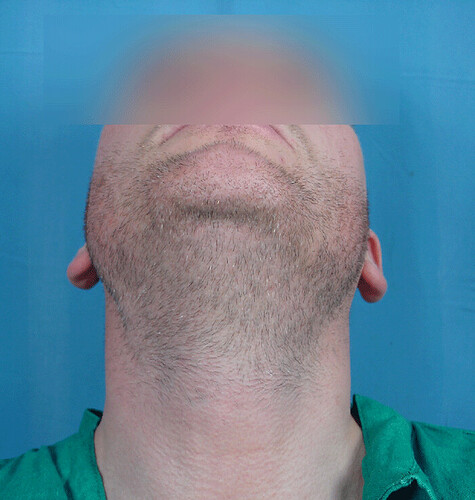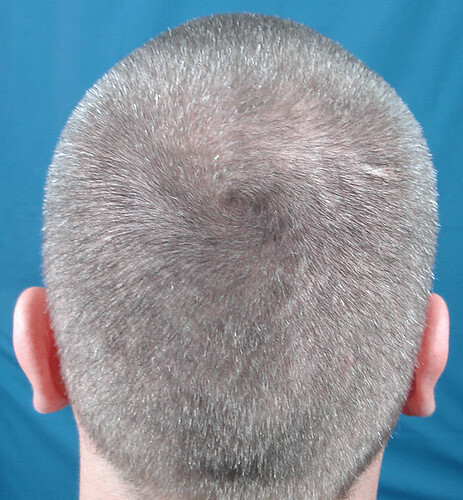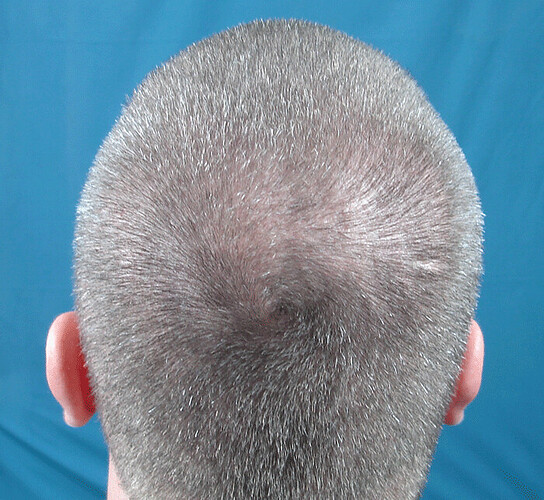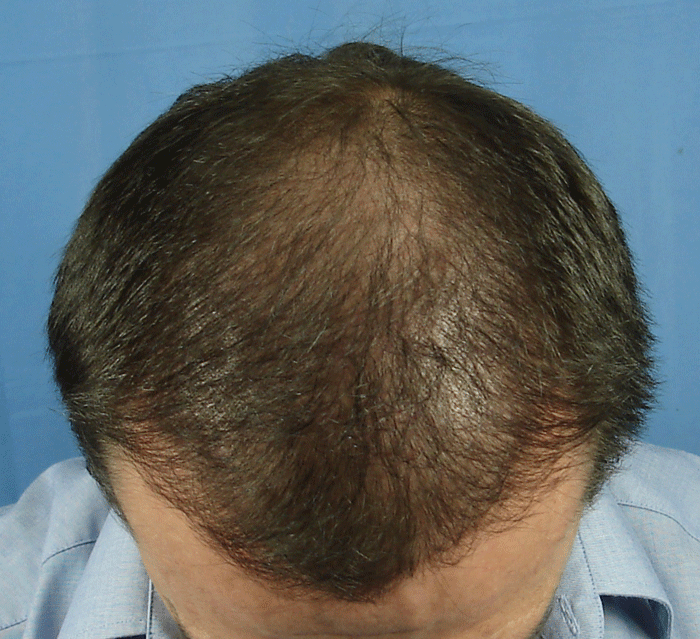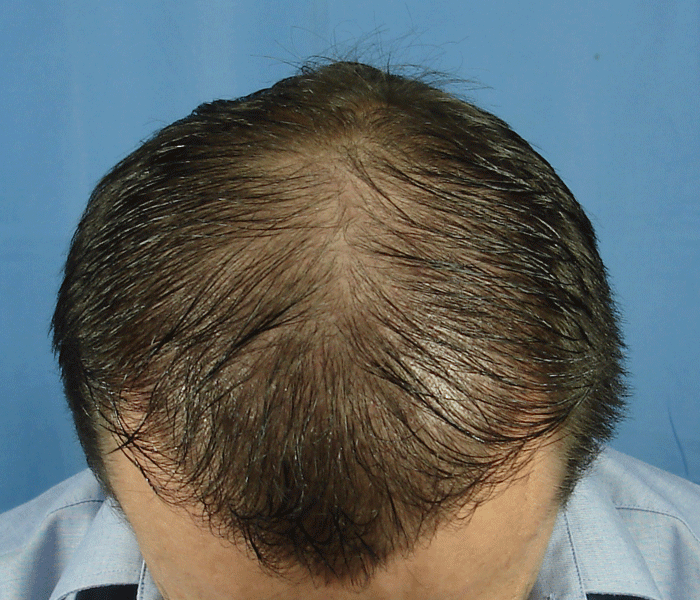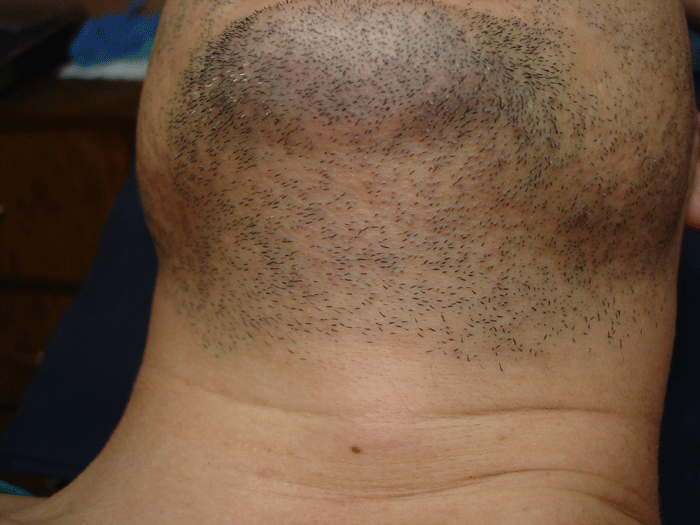http://www.hairsite4.com/dc/dcboard.php?az=show_topic&forum=12&topic_id=52071&mode=full&page=7
Extracts
Now, let us look at everything with an unbiased view.
Let us, for the time being, forget that the body hair will take on the scalp hair characteristics.
Let us, on the other hand, think that each hair is endowed with its unique characteristics.
Seen in that context, most of the observations fall in place.
However, for ease of understanding, let us compare the terminal hair to plants. Trees, shrubs and bushes.
The scalp donor hair is like the evergreen tall trees.
The body hair can be compared to the deciduous shrubs and bushes. The more robust ones being the shrubs and the less robust ones being the bushes.
Now, if a bush is planted in a more fertile soil and additives are supplied to it to speed up its growth, it will become a bigger bush.
However, bushes will not become trees, no matter what the amount of fertilizers.
A tall shrub, given a better soil and more fertile conditions, may almost give the impression of a tree.
Looked from this perspective, the body hair after transplant seem to get a boost for various reasons. But they do not change their own unique characteristics.
Now, the next logical question that arises is, how does this hypothesis explain that some people get better results than others after a BHT.
That has to do with what that person’s body hair’s original characteristics were.
These characteristics include the length, clibre, color, speed of growth and the hair growth cycles.
Now, let us examine the individual hair characteristics based on the observations.
- Length – the length of the transplanted body hair may increase in its new location. What eventual length it will grow to will depend on its own initial length as well as the difference in the better nutrition it receives in its new location.
In this context, I think it would be informative for the readers to read up this link too.
http://pub83.ezboard.com/fjefffsbeardboardfrm9.showMessage?topicID=99.topic
-
Calibre- I have yet to see any change in caliber of the transplanted body hair except in 2 patients. However, it would be safe to assume that there may be minimal change in caliber to the positive side over the years. I say this because that is what happens, often, to the body hair in their original location. With age, in many people, the body hair does grow thicker.
-
Colour and predeliction to graying – In our experience, there is no change in this aspect. Therefore, while performing body hair transplants its very important to keep this factor in mind. Some areas have predeliction to early greying compared to others. One wouldn’t want an island of dark hair growing in a sea of white hair or vice versa.
-
The speed of growth – The speed of growth will remain same. If boosters like Minoxidil are applied, there is possibility of some improvement in the speed of growth. However, that is not a universal thing. It may or may not happen.
-
The hair growth cycles – This is the single most important factor that must be kept in mind. The hair growth cycles do not change to a significant extent.
The hair growth cycles is a very important topic that has the single most important bearing on body hair transplants and I will like to discuss it at length later. For the present, going back to the example of plants, let me say that if the scalp donor hair be an evergreen tree, then the robust body hair can at best be a deciduous shrub. No amount of supplementation/fertilizers is going to change the deciduous to evergreen.
How does the hair growth cycles effect the planning and the outcome of the BHT procedures?
Dear forum readers,
Let me begin by saying that I disagree with some of the published studies about hair growth cycles.
Number 1
The duration of non growth phase, for example, has not been documented in detail.
The %age of hair that will be in anagen at any one time has also been mentioned in a very generalized manner.
The studies till 5 years back were looking at the body hair, much as we would at the scalp hair.
Therefore, different areas were categorized.
For the purposes of BHT, however, these categorisations are less than ideal.
The chest, for example, can not be considered one single area for purposes of studying the hair cycles.
The hair near the nipple and the hair near the periphery of the chest vary widely in many attributes.
Similarly, the chest hair will differ widely from one person to another. Much more widely than the scalp hair will.
The only sure thing that we can assume is that hair growth cycles will differ for each hair.
Let us take these studies as offering a very basic outline. Not to be relied upon when one goes down to the individual patient.
However, the documented hair growth cycles give, atleast, a basic idea of the differences between the scalp and the body hair. For that, let us be thankful.
Number 2.
It is too often assumed that the body hair will necessarily shed in the telogen phase.
If that were so, then we would never need to perform preshaving to get rid of the non growing hair.
Going into the non growth phase does not necessarily mean that the hair will be shed
It may or it may not.
Till it sheds, the nongrowing hair will provide coverage.
Number 3.
The %age of body hair that will go into telogen!
Is that determined by the area in which they are located (or, the recipient area, in bht)?
Is there a signalling system that tells the body hair to grow only in a certain %age at a time?
Again, based on our experiences, I tend to disagree.
Rather, it is more likely that each hair has its own hair cycle that it follows. The hair cycles of body hair located closely, for example, near the wrist v/s near the elbow, are still going to be slightly different.
As a result, when body hair are transplanted after preshaving
- the initial growth tends to be slightly earlier than for the scalp hair,
- the initial first few cycles, the cycles are more closely synchronised. But with time the synchronicity disintegrates. That is why there may be a noticeable cyclical variation in the coverage following BHT, which gradually evens out.
Regards,
Dr. A



